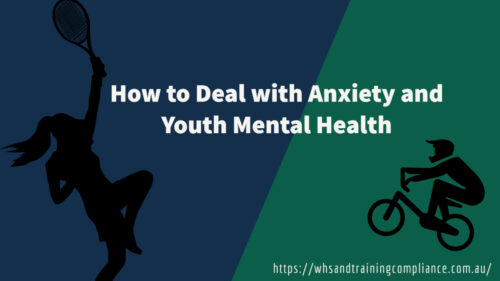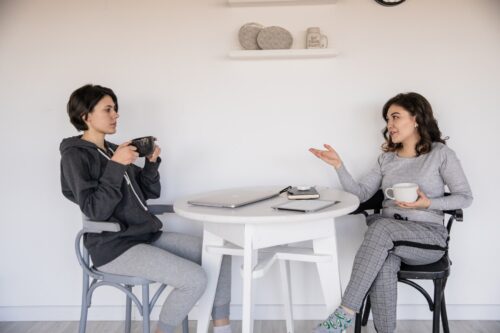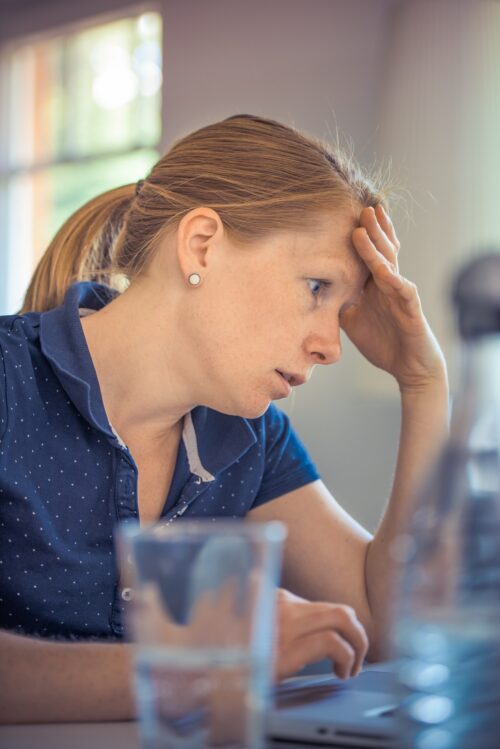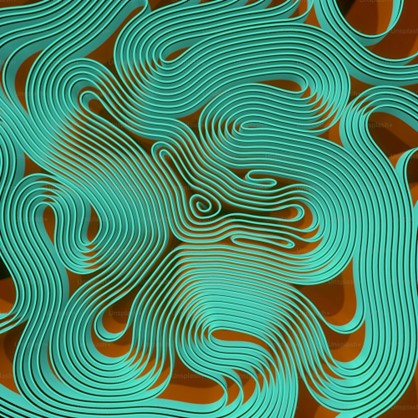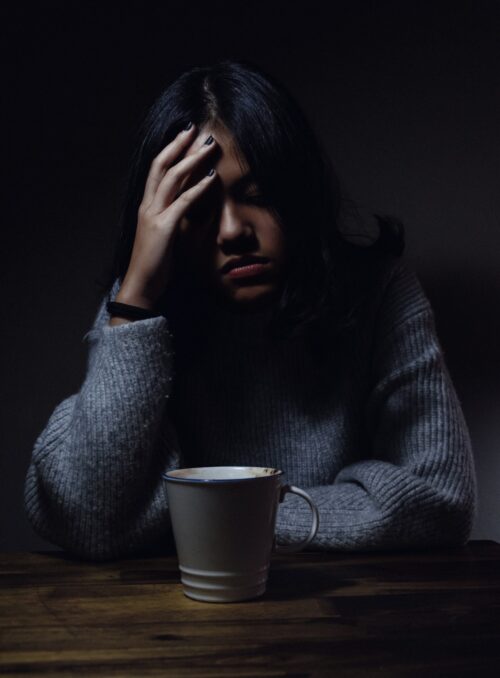Anxiety disorders are mental illness characterised by excessive worry and irrational fears. These feelings are typically accompanied by panic attacks and avoidant behaviours that may disrupt the individual’s relationships, education and occupational functioning. It is disabling and much like other physical health concerns, it requires recuperation and professional treatment. Individuals experiencing anxiety may exhibit signs and symptoms of physical, emotional, and behavioral symptoms.
Anxiety disorders are a prevalent mental health condition that can significantly impact an individual’s quality of life. These disorders are characterized by persistent and excessive worry, fear, and apprehension that can interfere with daily activities and overall well-being. Anxiety disorders can manifest in various forms, each with its unique symptoms and challenges. Understanding the nature of these disorders is crucial in developing effective coping strategies and providing appropriate support, especially for youth who are navigating the complexities of mental health.
Some anxiety disorders are undiagnosed
Some anxiety disorders are undiagnosed but just because the signs and symptoms don’t make up a complete diagnosis, it doesn’t mean that it can’t count as a serious mental health concern. This is something parents, teachers, and adults should be cautious about especially when they are living with children and teens that suffer from an anxiety disorder. Their fears feel real and thus should be treated like it. It’s not just “all in their head” and it most certainly will not go away by just “thinking positive”. Every little thing eventually turns into something grave if not immediately addressed, so you should treat mental health issues with urgency. When met with someone who suffers from anxiety, here are some things you can do to help.
- Validate their feelings. Assure them that they are not overreacting and that their fears are real.
- Don’t force them to change their anxious or fearful behaviours. Wait until they are ready.
- Constantly talk to them about the likelihood that their feared situation or objects will harm them. Show evidence-based research and allow them to digest the information at their preferred pace.
- Encourage them to live a healthy lifestyle to keep their anxieties at bay.
- Teach them breathing exercises and mindfulness relaxation techniques to supplement with therapy.
Common Signs and Symptoms of Anxiety
Individuals experiencing anxiety may exhibit a range of Signs and Symptoms of physical, emotional, and behavioral symptoms. Some common signs of anxiety include:
- Persistent feelings of worry, fear, or dread
- Difficulty concentrating or focusing on tasks
- Irritability and restlessness
- Muscle tension or physical aches
- Rapid heartbeat, sweating, or trembling
- Difficulty sleeping or sleeping excessively
- Avoidance of situations or activities that trigger anxiety
These symptoms can vary in intensity and duration, and it is essential to recognize them early to seek appropriate support and intervention.
Types of Anxiety Disorders
Anxiety disorders can be classified into several distinct types, each with its own unique characteristics and treatment approaches. Some of the most common types of anxiety disorders include:
Generalized Anxiety Disorder (GAD)
Generalized Anxiety Disorder (GAD) is characterized by persistent and excessive worry about a variety of issues, such as work, health, or family. Individuals with GAD may experience constant feelings of tension, apprehension, and restlessness, which can interfere with their daily lives.
Severe Anxiety Disorder and its Symptoms
Severe anxiety disorders, such as panic disorder and post-traumatic stress disorder (PTSD), can have a significant impact on an individual’s well-being. Panic disorder is marked by recurrent and unexpected panic attacks, which can include physical symptoms like rapid heartbeat, shortness of breath, and chest pain. PTSD, on the other hand, is often triggered by a traumatic event and can lead to intrusive thoughts, flashbacks, and avoidance of situations associated with the trauma.
Coping Strategies for Anxiety
Individuals with anxiety disorders can employ various coping strategies to manage their symptoms and improve their overall well-being. These strategies may include:
- Relaxation Techniques: Practicing deep breathing exercises, meditation, or progressive muscle relaxation can help reduce physical symptoms of anxiety and promote a sense of calm.
- Cognitive-Behavioral Therapy (CBT): CBT is a widely used and effective form of therapy that helps individuals identify and challenge negative thought patterns that contribute to anxiety.
- Exercise and Healthy Lifestyle: Regular physical activity, a balanced diet, and adequate sleep can help manage anxiety by reducing stress and promoting overall well-being.
- Social Support: Connecting with supportive friends, family, or support groups can provide a sense of community and help individuals feel less isolated in their experiences with anxiety.
- Mindfulness and Acceptance: Practicing mindfulness techniques, such as being present in the moment and accepting thoughts and feelings without judgment, can help individuals manage anxiety more effectively.
Nurturing Youth Mental Health
Addressing anxiety disorders in youth is particularly crucial, as these conditions can have a significant impact on their emotional, social, and academic development. Recognizing and addressing anxiety in young people requires a multifaceted approach that involves both individual and systemic interventions.
Recognizing and Addressing Anxiety in Youth
Parents, educators, and healthcare professionals play a vital role in identifying and addressing anxiety in youth. Some key strategies include:
- Fostering open communication and creating a safe, supportive environment for young people to express their feelings and concerns.
- Educating youth about mental health and the various coping strategies they can use to manage anxiety.
- Encouraging healthy lifestyle habits, such as regular physical activity, balanced nutrition, and adequate sleep.
- Providing access to mental health resources, such as counseling or support groups, to help youth develop effective coping mechanisms.
Professional Help for Anxiety Disorders in Australia
In Australia, there are various healthcare professionals and organizations that specialize in the treatment of anxiety disorders. These include:
- General practitioners (GPs) who can provide initial assessment, diagnosis, and referrals to mental health specialists.
- Psychologists and psychiatrists who offer evidence-based therapies, such as CBT, to help individuals manage their anxiety.
- Community mental health services and organizations that provide support, resources, and counseling for individuals and families affected by anxiety disorders.
It is important for individuals and families to seek professional help if they suspect an anxiety disorder, as early intervention can significantly improve long-term outcomes.
Conclusion and Final Thoughts
Anxiety disorders can be a significant challenge, but with the right support and coping strategies, individuals can learn to manage their symptoms and improve their overall quality of life. By fostering a deeper understanding of anxiety disorders, promoting healthy coping mechanisms, and ensuring access to professional help, we can empower youth to navigate their mental health journey with resilience and confidence.
If you or a loved one are struggling with an anxiety disorder, don’t hesitate to reach out for help. Visit your local healthcare provider or mental health organization to learn more about the resources and support available in your community. Together, we can work towards a future where mental health is prioritized and everyone has the tools they need to thrive.
Whether you are a healthcare professional, parent or counsellor, you need to learn the basics of mental health and other efforts that shed light on illnesses that are not visible to the naked eye. As someone older, you are the youth’s refuge. They rely on you to help them make sense of what they feel and assist in their healing. If you can be certified in Standard Mental Health First Aid, much better. It’s an added resource that you can use not only to guide distressed teens but also respond in mental health emergencies such as panic attacks, seizures, and suicidal behaviours.
To learn more about mental health and Mental Health First Aid, you can visit our website
If you’re in search of youth mental health resources, Amazon provides an extensive array of options. Whether you seek self-help manuals, personal accounts, or scholarly works, Amazon offers a broad selection to cater to your needs. Delve into various viewpoints and acquire valuable understanding of mental health by perusing the extensive collection accessible on the platform.
